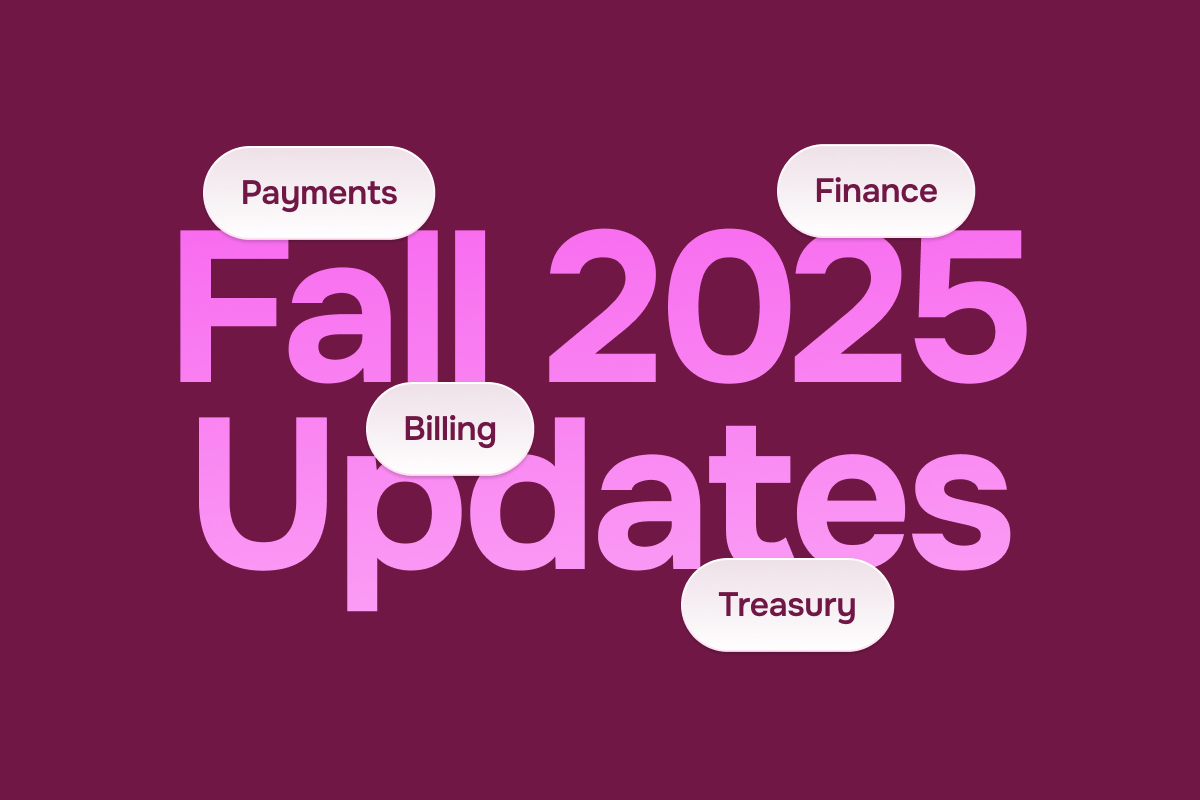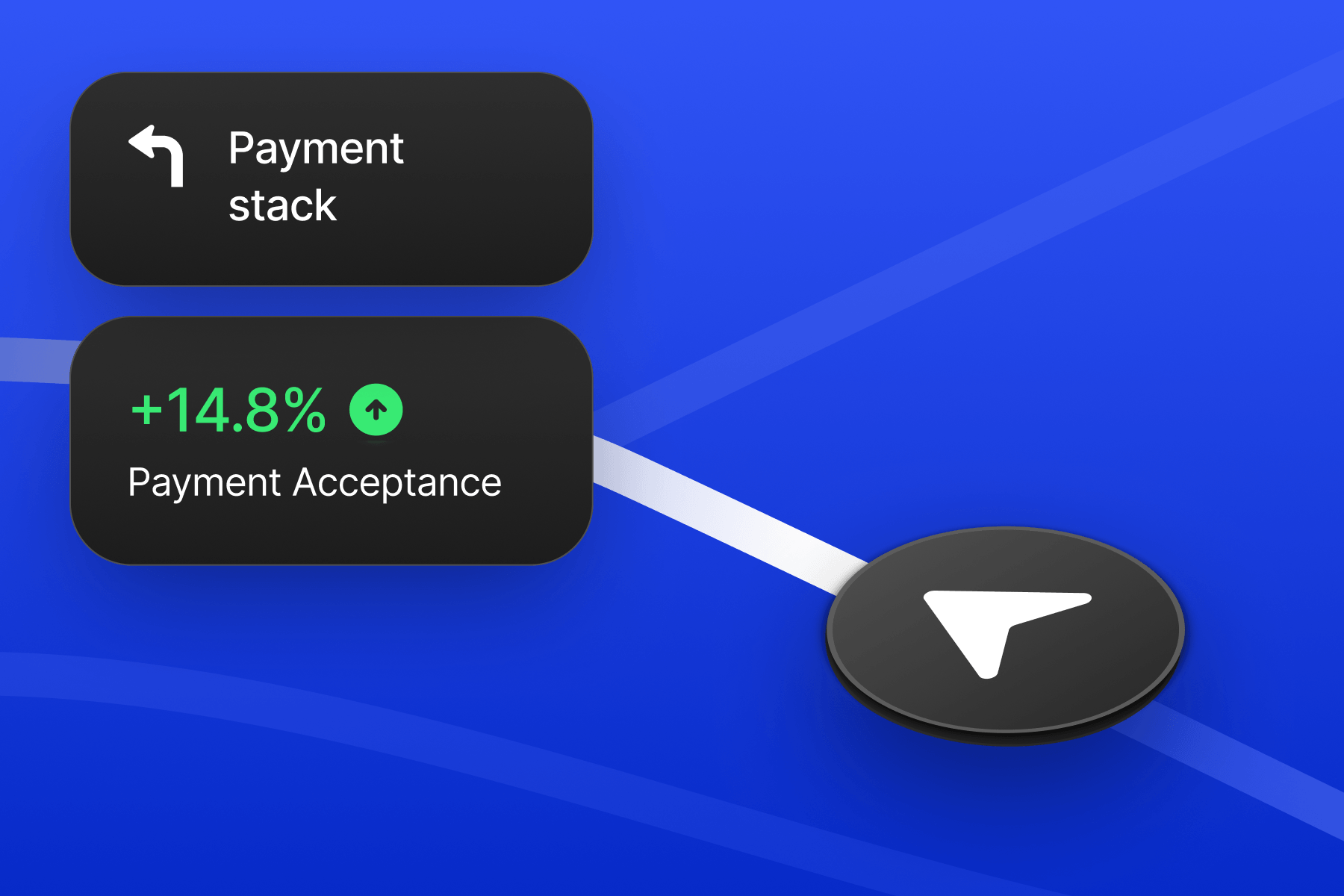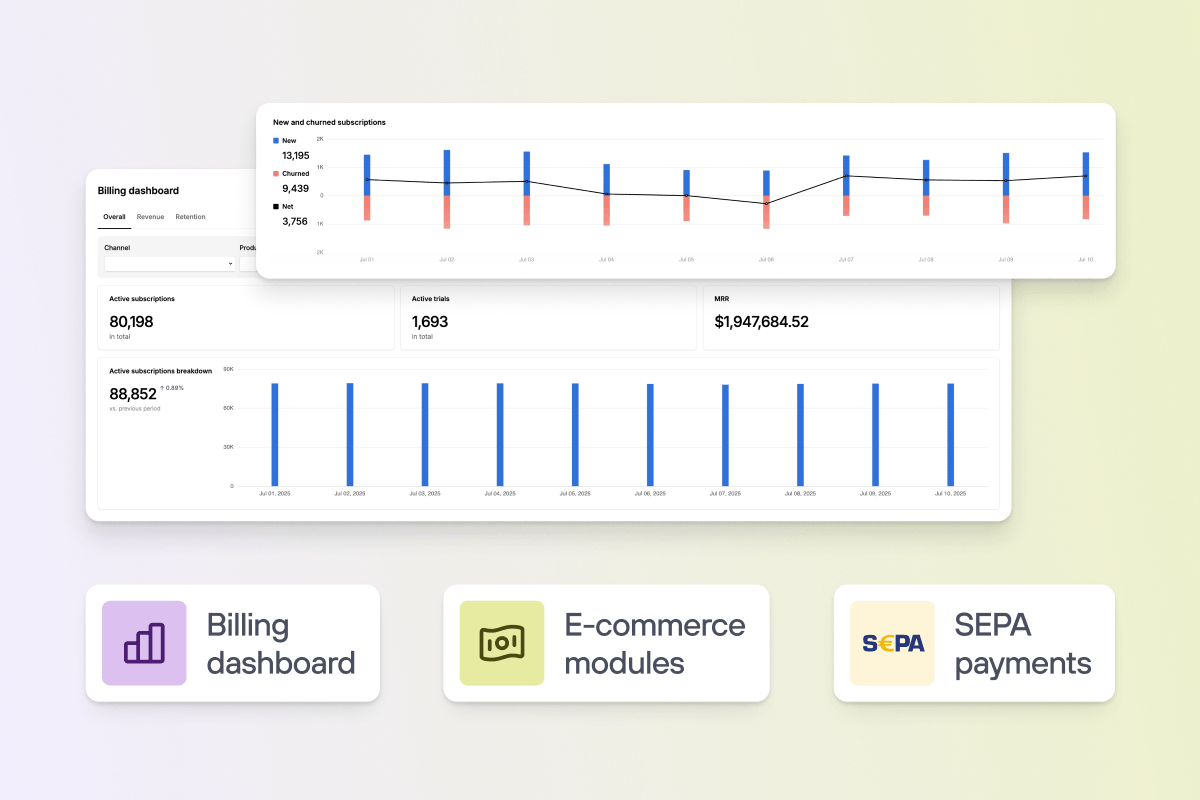Understanding CESOP: The new EU payment regulations
Industry
27 Sept 2024
2 min

Regulatory changes, secure reporting, and business readiness—discover CESOP’s impact. Solidgate helps you adapt, protect revenue, and meet EU standards.
This is a comprehensive guide to CESOP regulations, their impact on businesses, and how to prepare for compliance.
From 2024, the European Union (EU) introduced CESOP, a new set of payment regulations to combat cross-border fraud.
Understanding CESOP is crucial for businesses operating within the EU or facilitating cross-border transactions. Let’s delve into what CESOP entails, its implications for organizations, and how to prepare for these regulatory changes.
What is CESOP?
CESOP, short for Central Electronic System of Payment Information, originated from a legislative package proposed by the European Commission in February 2020. It officially came into force on January 1, 2024. CESOP mandates that all payment service providers facilitating cross-border transactions within the EU must collect and report quarterly transactional data. This data includes details of the payer, payee, and the transaction itself and is stored in a centralized database.
Types of payments affected
CESOP covers various payment methods, including direct debits (SEPA and non-SEPA), credit transfers, and money transactions. The reporting requirement is triggered when the payer is located in an EU member state, and the payee receives more than 25 cross-border payments in a calendar quarter.
Purpose of CESOP
CESOP’s primary objective is to combat cross-border e-commerce and VAT fraud, particularly targeting merchants based outside the EU or in a member state different from where the payment is initiated. By centralizing transaction data and making it accessible to tax and anti-fraud authorities through the Eurofisc network, CESOP aims to reduce fraudulent financial activities.
Institutions affected
CESOP impacts various payment service providers, including credit institutions, payment institutions, post-office giro institutions, and e-money institutions. These entities are responsible for reporting transactions based on the location of the payer’s and payee’s respective PSPs.
CESOP guidelines
Payment service providers must report detailed information about the payee, including personal details, unique identifiers (IBAN, BIC), and tax or VAT numbers. Information about the payer, transaction currency, date, amount, and references must also be reported. However, no data on the buyer (“payer”) shall be collected and reported, apart from the estimated Member State of origin of the payment, thus ensuring customer privacy is protected.
How to prepare for CESOP
If your business accepts or sends cross-border payments, it’s crucial to understand CESOP’s implications and ensure compliance. While CESOP won’t change how you conduct business, aligning your practices with the new regulations is essential. If you are a PSP, credit institution, or e-money institution, compliance with CESOP will require adjustments to your operations.
Be prepared with Solidgate
As an EU-based PSP, Solidgate is prepared for CESOP and can assist businesses in understanding and complying with these regulations. Whether you’re a financial institution or a business seeking guidance on CESOP, Solidgate can provide the necessary support.
In conclusion, CESOP represents a significant shift in EU payment regulations, aiming to enhance security and combat fraud in cross-border transactions. By understanding CESOP and preparing for compliance, businesses can navigate these changes effectively and continue to operate within the EU’s regulatory framework.
Recent articles










